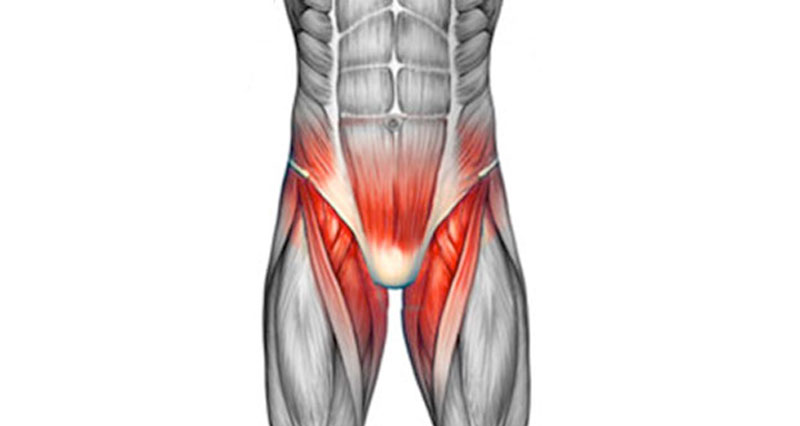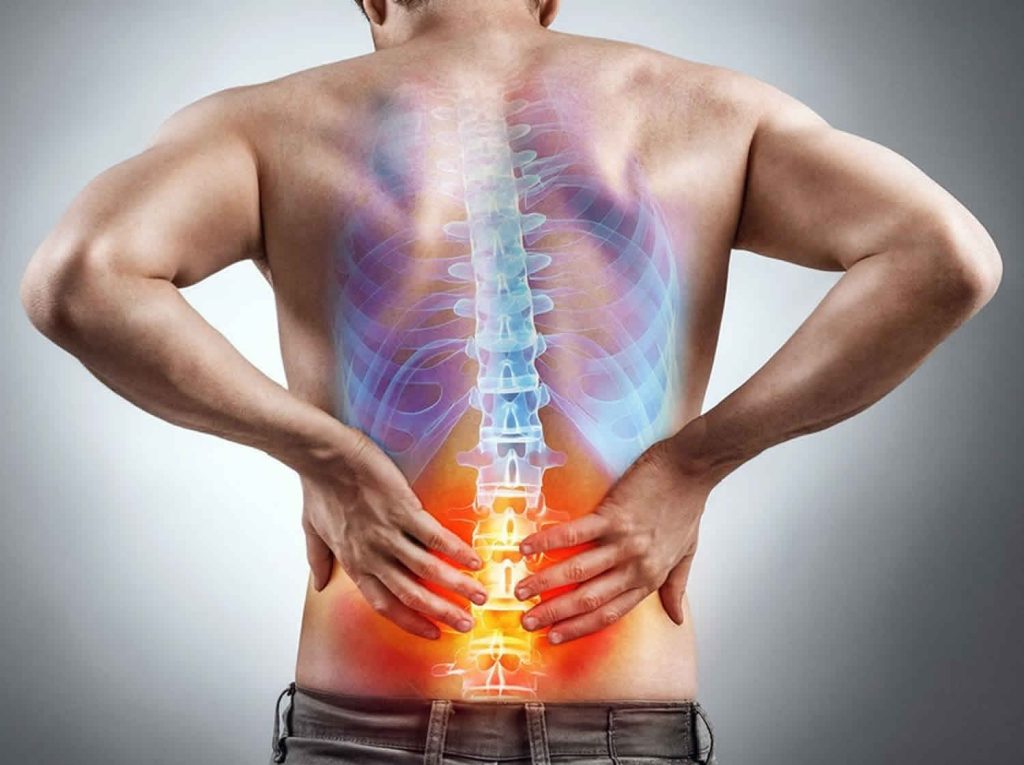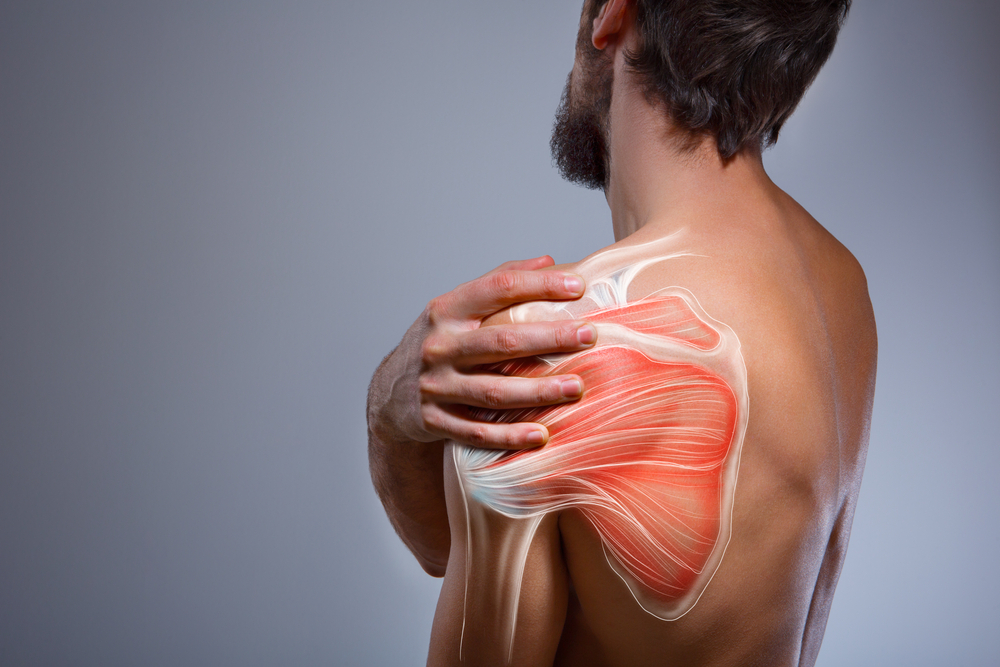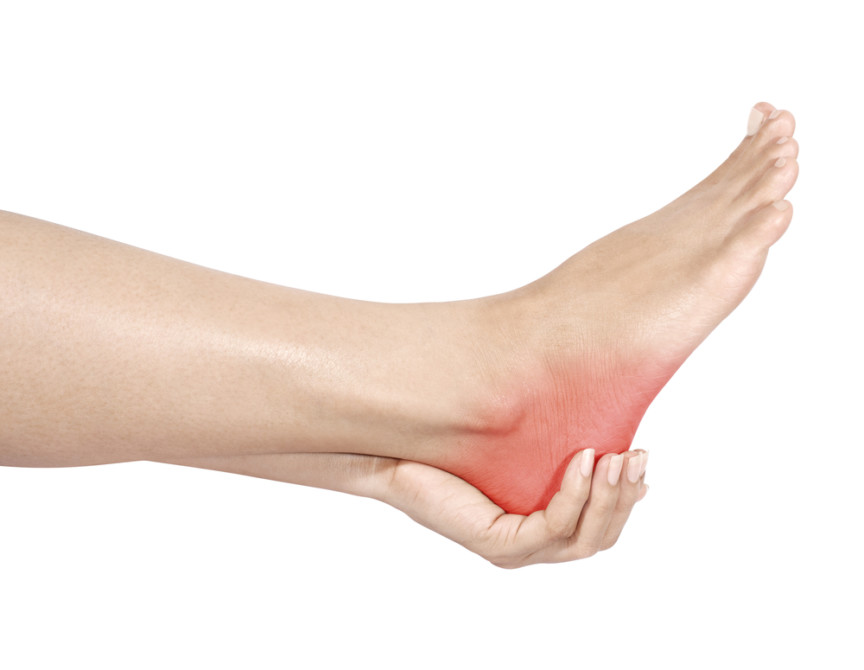Hip and Groin Pain: Causes, Symptoms, and Treatment
Hip and groin pain can be complex, with various potential causes ranging from musculoskeletal issues to more systemic conditions. Understanding the possible causes, symptoms, and treatment options is crucial for accurate diagnosis and effective management.

Common Causes:
- Muscle Strains: Overuse or sudden movements can lead to strains in the muscles of the hip and groin.
- Hip Labral Tear: The labrum is a cartilage structure in the hip joint. Tears or damage to the labrum can cause pain.
- Osteoarthritis: Wear and tear of the hip joint over time can lead to osteoarthritis, resulting in pain and stiffness.
- Hip Impingement (Femoroacetabular Impingement – FAI): Structural abnormalities in the hip joint can cause friction and pain during movement.
- Bursitis: Inflammation of the bursa, which is a fluid-filled sac that cushions the hip joint, can lead to pain.
- Hernia: Groin pain can be caused by a hernia, where a part of the intestine pushes through a weak spot in the abdominal wall.
- Inguinal Ligament Sprain: Overstretching or tearing of the inguinal ligament, which supports the groin, can cause pain.
- Hip Fracture: A break in the bones of the hip, often seen in older adults, can cause severe pain.
Symptoms:
- Localized Pain: Pain in the hip or groin area, which may be sharp, dull, or achy.
- Reduced Range of Motion: Difficulty moving the hip or performing certain activities.
- Stiffness: Feeling stiff, especially after periods of inactivity.
- Swelling: Inflammation around the hip joint.
- Clicking or Popping: Some individuals may experience clicking or popping sensations during movement.
- Radiating Pain: Pain that may radiate down the leg or into the lower abdomen.
Diagnosis:
- Medical History: A thorough history, including details about the onset and nature of pain.
- Physical Examination: Examination of the hip and groin, assessing range of motion, strength, and any signs of inflammation.
- Imaging Studies: X-rays, MRI, or CT scans to visualize the structures of the hip and identify any abnormalities.
- Diagnostic Injections: In some cases, a diagnostic injection into the hip joint may be used to confirm the source of pain.
Treatment:
- Rest and Ice: Initially, rest and ice can help reduce inflammation and pain.
- Physical Therapy: Targeted exercises to strengthen muscles, improve flexibility, and correct movement patterns.
- Medications: Pain relievers and anti-inflammatory medications may be recommended.
- Injections: Corticosteroid injections into the hip joint or bursa for localized pain relief.
- Surgery: In cases of severe joint damage or structural issues, surgical intervention may be considered.
- Lifestyle Modifications: Adjustments to activities and movements to reduce stress on the hip joint.
- Weight Management: Maintaining a healthy weight can alleviate stress on the hip joints.
Prevention:
- Exercise: Regular physical activity to maintain joint health and muscle strength.
- Proper Form: Ensuring proper form during activities to prevent overuse injuries.
- Warm-Up and Cool Down: Adequate warm-up and cool-down routines before and after exercise.
- Healthy Lifestyle: A balanced diet and lifestyle to support overall joint health.
Hip and groin pain should be evaluated by a healthcare professional for accurate diagnosis and appropriate management. Early intervention and a comprehensive treatment approach can often lead to improved outcomes and reduced pain.




Hi! This posat could not be written any better!
Reading this post reminds me off my good old room mate!
He always kept talking about this. I will forward this article to him.
Pretty sure he will have a good read. Than you for sharing! https://zeleniymis.com.ua/